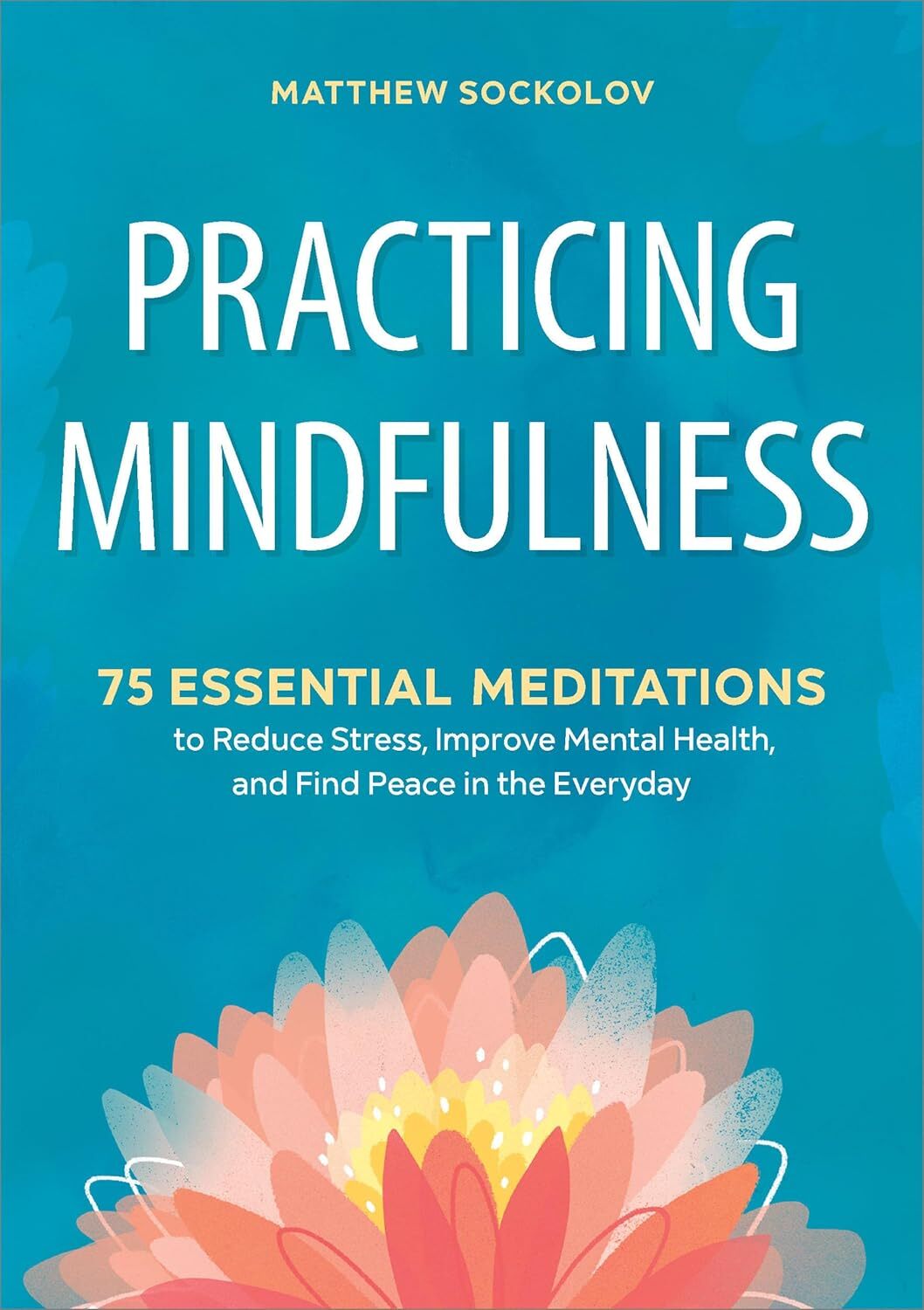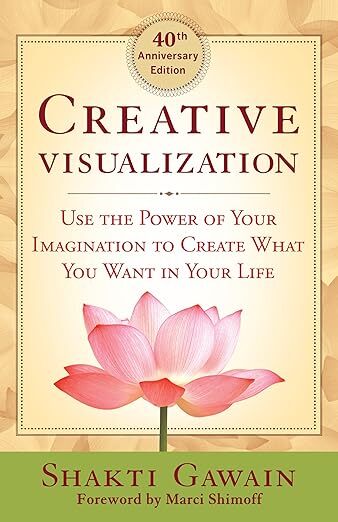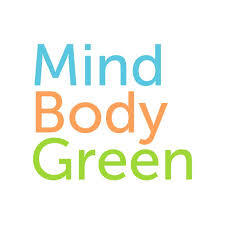Journey Visualization
Follow Your Path Through a Mental Landscape to Find Relaxation

Introduction
Journey Visualization is a meditative practice where you imagine embarking on a dynamic mental journey through a vivid, evolving landscape or narrative, such as a path, forest, or river journey. Unlike static imagery, this technique emphasizes movement and reliving an experience to spark self-discovery, emotional release, and relaxation, making it ideal for stress relief and personal exploration.
Why It Works
Journey Visualization engages the brain’s imaginative and emotional centers, stimulating the visual cortex and prefrontal cortex to process narrative-driven imagery, while dampening amygdala-driven stress responses. By following a mental story, it encourages neuroplasticity, fostering new perspectives and emotional resilience. The parasympathetic nervous system is activated, reducing heart rate and stress hormones, promoting a calm, reflective state. Research on guided imagery suggests it can alleviate anxiety, enhance creativity, and improve emotional clarity by allowing the mind to explore symbolic or meaningful narratives in a safe, controlled way.
How To Do It
Instructions:
- Sight: See a winding path through trees, a shimmering river, or a glowing horizon.
- Sound: Hear footsteps on gravel, water lapping, or distant bird calls.
- Touch: Feel a cool breeze, rough bark, or warm sunlight on your skin.
- Smell: Notice scents like damp earth, sea air, or blooming flowers.
- Taste (optional): Imagine sipping fresh water or tasting wild berries.
Spend 30-60 seconds per sense to immerse yourself.
Helpful Tips:
- Keep It Simple: Start with a short journey if visualization feels new.
- Stay Open: Let the narrative evolve naturally without forcing an outcome.
- Use Guided Audio: Recordings can provide structure and enrich the story.
- Be Your Own Guide: As you advance, choose your own journey from your personal history or from your imagination.
- Practice Often: Regular sessions deepen emotional and creative benefits.
- Blend Techniques: Pair with deep breathing or journaling to process insights.
- Make It Yours: Choose settings or stories that feel meaningful to you.
- Be Patient: Storytelling in the mind improves with practice.
- Track Insights: Jot down emotions or ideas after sessions to notice growth.
Recommended Videos
10 Minute Guided Imagery Meditation
City of Hope
10 Minute Forest Walk
Meditation Guided
Your Life's Journey Guided Visualization Meditation
Great Meditation
Influential Books
75 Essential Meditations to Reduce Stress, Improve Mental Health, and Find Peace in the Everyday
* As an Amazon Associate I earn from qualifying purchases.
Helpful Websites
Popular Apps
Scientific Research
- Liu, K., et al. (2020). The Effectiveness of Progressive Muscle Relaxation, Deep Breathing, and Guided Imagery in Promoting Psychological and Physiological States of Relaxation. Evidence-Based Complementary and Alternative Medicine, 2020, 5271524. https://pubmed.ncbi.nlm.nih.gov/34306146/
- Toussaint, L., et al. (2021). Effectiveness of Progressive Muscle Relaxation, Deep Breathing, and Guided Imagery in Promoting Psychological Well-Being. Frontiers in Psychology, 12, 686707. https://pubmed.ncbi.nlm.nih.gov/34248794/
- Nguyen, J., & Brymer, E. (2018). Nature-Based Guided Imagery as an Intervention for State Anxiety. Frontiers in Psychology, 9, 1858. https://pubmed.ncbi.nlm.nih.gov/30364155/
Related Topics:
Strongly Related
Reduce Stress:
[Links to related web pages]
[Links to related web pages]
[Links to related web pages][Links to related web pages]
Moderately Related
Issue B:
[Links to related web pages]
[Links to related web pages]










